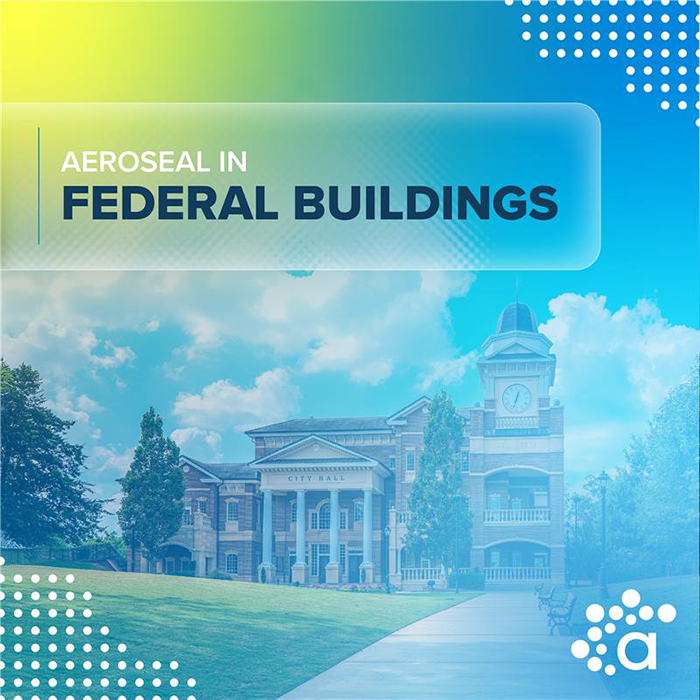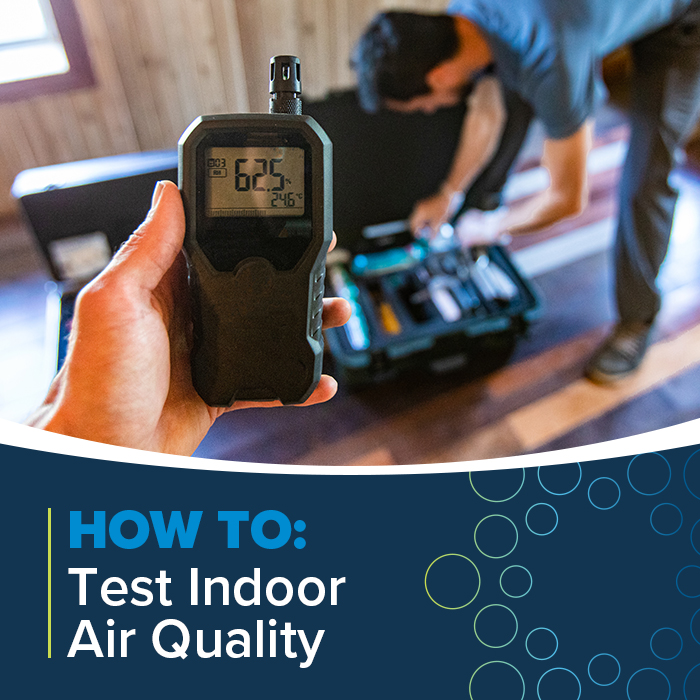23 Key Features of an Energy Efficient Building

Climate change has made efficient energy usage an increasingly important issue around the world.
There’s a push for everyone to turn toward energy efficient products and design for both homes and commercial buildings.
But, not knowing what goes into energy efficient office buildings can be difficult.
Why Energy Efficient Buildings Are Important
Global warming has grown to become a hot-topic issue.
One of the best ways to combat these adverse effects on the environment is to turn to more energy efficient design and construction.
By reducing the number of natural resources, land, raw materials, and energy we use in and for creating buildings, we can significantly decrease the number of greenhouse gasses released into the environment.
A common misconception is that “energy efficient” buildings are synonymous with “low performance.”
That’s not the case.
In fact, energy efficient structures can often be higher performing than their non energy efficient counterparts.
They just use different building methods, materials, and other resources to create a more energy-efficient, and environmentally friendly structure.
Benefits of Energy Efficient Buildings
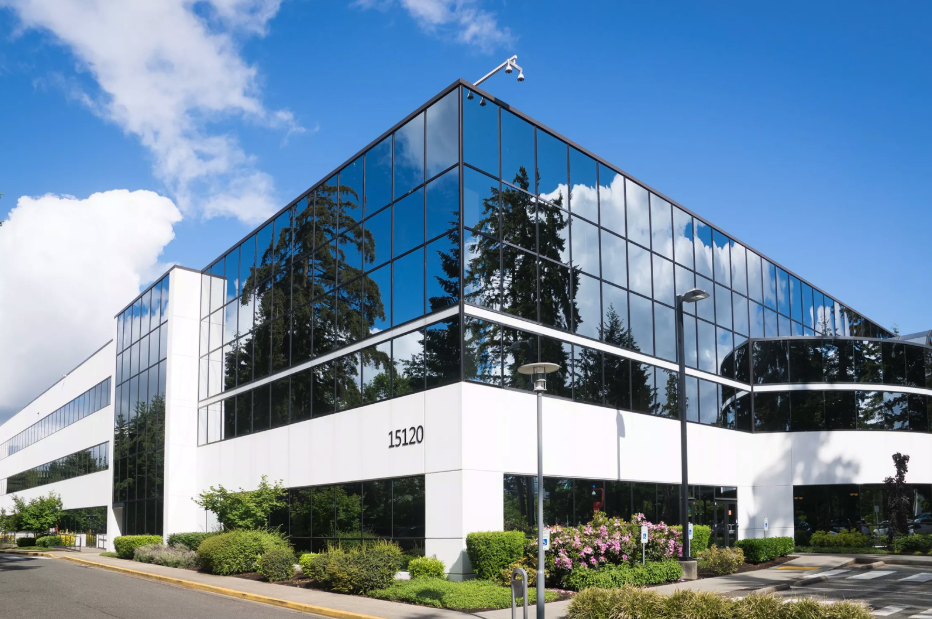
There are countless benefits to making buildings energy efficient. Here are four big advantages to consider:
1. Energy Efficiency Saves Money
Commercial buildings take a lot of energy to operate.
Electricity, heating, cooling, and day-to-day activities can make normal operating costs very expensive.
However, you can substantially reduce costs by investing in energy efficiency designs.
Spending less on utilities means more savings, or reinvesting those savings in other areas of your business.
2. Better Return on Investment
The thing that all commercial and office buildings are concerned with is their return on investment or ROI.
Energy efficient buildings require less frequent and less expensive maintenance.
You’re effectively extending the usable lifespan of your building.
With that and the increasing demand for energy efficiency, you’ll have a higher ROI if and when you decide to sell your property.
3. Qualify for Special Programs, Rebates, and Incentives
With this new push for energy efficiency, the government has introduced numerous programs to encourage businesses and building owners to invest in green energy and building.
The U.S. Department of Energy (DOE) has a database detailing the various energy efficiency
- Tax credits
- Rebates
- Savings
available to commercial businesses and state and local government agencies.
There are incentives for virtually every aspect of energy efficiency, from installing solar panels to installing a new, energy efficient HVAC system.
4. Reduce Additional Effects of Harmful Greenhouse Gases
Greenhouse gases are incredibly harmful to the environment.
Cities are looking for ways to limit the amount of greenhouse gases they release into the atmosphere.
One way to do that is to limit the amount of carbon output, air pollution, and waste your building creates.
Following green building certification guidelines (such as LEED) for energy efficient building design, appliances, and equipment all help limit these emissions.
If your building meets these standards, it may be eligible for a green certificate, giving you a more favorable appearance in the eyes and mind of a more green-conscious era.
23 Features of Energy Efficient Commercial Buildings
Here are 23 key features to include in an energy efficient building design and why each one is so important:
1. Close Proximity to Public Transit
As mentioned before, part of the benefits of being energy efficient is the reduction of greenhouse gas emissions.
Having your building centrally located and close to public transportation, workers will not have to rely on their cars to get to work.
They can switch to public transit to help eliminate reliance on cars that release harmful gasses into the environment.
2. New Buildings Should Take Orientation to Nature in Account
By considering the orientation of your building (if it is a new build), you can take better advantage of sunlight and place windows accordingly. This would make it so you will not find yourself relying on so much during the day, allowing you to save more on your utility bills.
3. Take Advantage of Existing Buildings

Instead of building an entirely new structure, look for an existing building and retrofit it to your needs. Not only could this save a great deal of money, not just in the cost of construction materials, but the energy that it takes to build an entirely new building.
4. Design With Retrofitting In Mind
Alternatively, if you have to build a new building, it should be built with future retrofitting in mind. That way, if you ever choose to sell, someone else can buy it and have a good foundation to start on, rather than having to start from scratch themselves.
5. Choose the Smallest Building Possible
If you do not need a big building, then do not choose a massive structure. Just by selecting a reasonably sized building, you can create a significantly more energy efficient building. By going smaller, your building will require fewer materials and less energy to function, saving thousands in construction and operation costs.
6. Meet Building Energy Efficiency Standards
When it comes to energy efficient buildings, there are various standards that help measure how energy efficient a building is. By striving to meet the standards of Energy Start, the Leadership in Energy and Environmental Design (LEED), and the International Green Construction Code (IGCC), you can ensure that you will create a green, energy efficient structure.
7. Have Proper Insulation
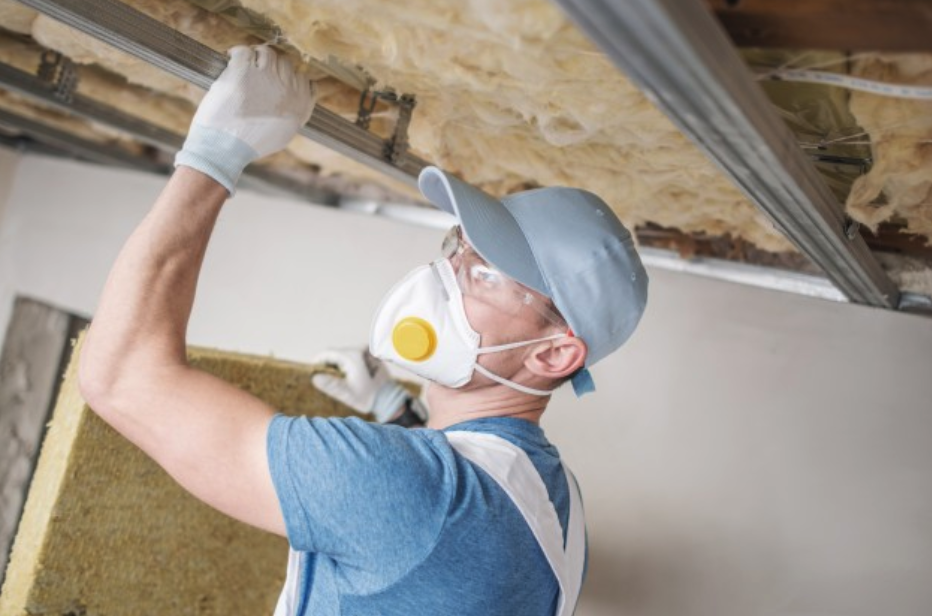
Insulation is a crucial factor in making buildings energy efficient.
First, you want to choose a green insulation material like polystyrene or cellulose.
Then, you want to make sure you insulate your building thoroughly.
By properly insulating the building with a quality product, you won’t have to worry about hot or cold air escaping. This will help you save on your utility bills.
8. Choose the Right Windows
The kind of windows you use makes a big difference as well.
Double- or triple-pane and low-emissivity windows can help insulate and protect the building further.
These energy-saving options will help add to your building’s overall energy efficiency and save you even more money on your utility bills.
9. Use Insulated Concrete
Starting with energy efficient building materials is a great option if you’re building from the ground up.
Contemporary building products like Insulated Concrete Forms (ICFs) coupled with metal framing help create a more durable, energy efficient structure. It can provide extra insulation to withstand extreme weather with ease.
10. Install Solar Panels
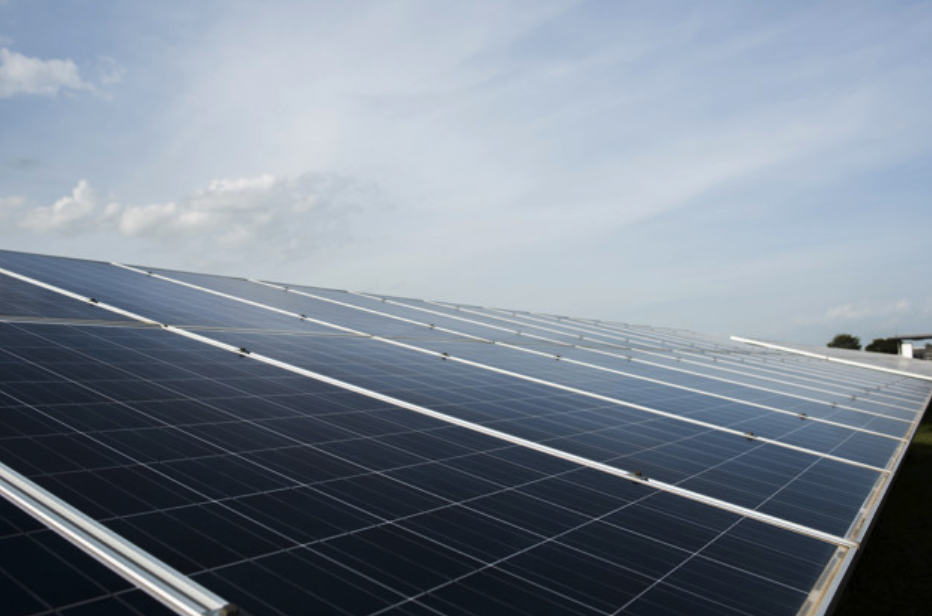
When it comes to being energy efficient and using less electricity, another great option is to use a renewable energy source, like solar panels.
Solar panels reduce your reliance on public or private utilities, which can slash your electrical costs.
Many states and cities also offer incentives for installing and using solar panels.
11. Select a High-Efficiency HVAC System
The HVAC system is arguably the most crucial part of any building. This single system controls the heating, ventilation, and cooling for the entire building.
Choose one that’s Energy Star rated, ensuring it is energy efficient and requires less power to function.
12. Change Air Filters Regularly
You want to be sure to change the air filters regularly.
Over time, air filters become clogged with dirt. Dirty filters force your HVAC to work harder to heat or cool the building, which will run up your utility bills.
13. Clean Air Ducts
Additionally, you’ll want to keep your air ducts clean.
While this only needs to be done on an as-needed basis, it’s critical to keep your HVAC system in top shape. That will keep it working for as long as possible, preventing major issues or a breakdown.
14. Use a Sealant to Prevent HVAC Air Leaks
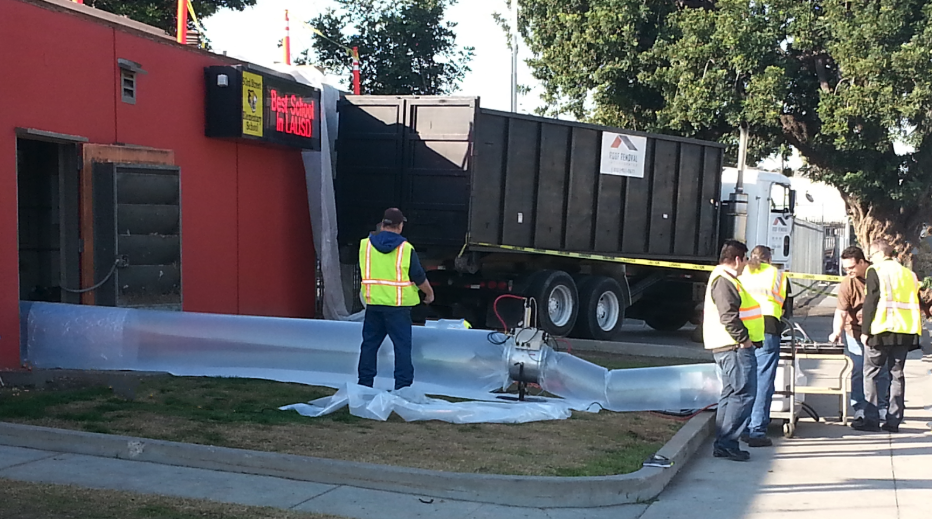
Another essential step in maintaining a well-working HVAC system is to seal air leaks.
Professional technicians use products like Aeroseal to automatically find and seal any leaks.
Applying Aeroseal sealant will help keep hot and cold air from escaping, significantly improving your building’s energy efficiency.
15. Place Vents in the Right Places
The placement of vents is also critical to your HVAC system working as well as possible.
Vents should be placed strategically in rooms and hallways, and in places where they are easy to reach for cleaning and maintenance, but still out-of-reach enough that they won’t get blocked by furniture, window coverings, or paper.
16. Use Programmable Thermostats
Programmable thermostats help create energy efficient commercial buildings. You can use them to set specific temperatures at different times of the day.
You can program your thermostat and HVAC to reduce heating or cooling after work hours. This simple step can lead to huge energy savings.
17. Install LED Lights

LED light bulbs have become a popular choice for energy efficient office buildings because they use about 50 percent less electricity than other bulbs, last longer, perform better in cold temperatures, are less likely to break, turn on instantly, and can easily be paired with dimmers to create even more energy efficiency.
18. Choose Energy Star Appliances
Energy Star-rated appliances like refrigerators, dishwashers, washers, dryers, and even dehumidifiers all are great for making buildings energy efficient.
These appliances save you money instantly because they require much less energy to run.
On average, they can use about 10 to 30 percent less energy than non-Energy Star-rated appliances.
19. Invest in Energy-Efficient Water Heaters
Water heaters account for 7 percent of commercial building energy use
So, utilizing a high-efficiency water heater will help cut down on how much you spend.
Options like
- Tankless systems
- Systems with high-efficiency water storage tanks
- Heat pump water heaters
- Solar water heaters
can significantly reduce energy consumption and operating costs.
20. Choose the Right Window Treatments
Having window treatments can have a surprising effect on making energy efficient office buildings.
By having blinds or other types of efficient window treatments, you can control the amount of sun your building receives.
During the winter, you can keep them open to get more natural, sun-produced heat.
In the summer, you can close them to keep things cooler. This will allow you to rely less on the HVAC system, saving you money and energy.
21. Install Ceiling Fans

Having ceiling fans throughout the building also helps spread hot and cold air evenly throughout your building.
You know what that means.
Less work for your HVAC and more savings for your business.
22. Task Lighting
Instead of lighting the entire building, even areas not in use, which can cost more money and energy, invest in task lighting.
This will consume significantly less energy compared to overhead lighting. It’s also less harsh on the eyes of employees, giving them lighting control.
23. Dimmable Lights
Alternatively, there’s also the option of dimmable lights, which is excellent when paired with LED bulbs.
This can allow you to keep overhead lights dim during the day when there’s a lot of natural sunlight, and adjust as it gets darker or cloudy.
Having that kind of control is another thing that helps create a more energy efficient building, since you will use less electricity.
Easy Changes, One Big Difference

Creating energy-efficient buildings is the way of the future. Not only do energy efficient buildings save their owners a great deal of money, but they also show respect for the environment by making conscious choices for less harmful products, materials, and overall operation. There is no denying the benefits of an energy efficient building, and creating one isn’t difficult.
Features like those mentioned above are the basis of functional, energy efficient office buildings, and including them in your own design will save you money, energy, and earn you respect within your community.
Aeroseal: Part of the Sustainability Solution
Aeroseal is committed to creating healthier, more sustainable buildings.
Our technology optimizes building and HVAC performance, increases energy efficiency, and reduces utility costs and waste.
If your goal is to build energy efficient buildings while minimizing the impact on the environment, Aeroseal can help you achieve your goal.
Contact Aeroseal today for a free quote.








